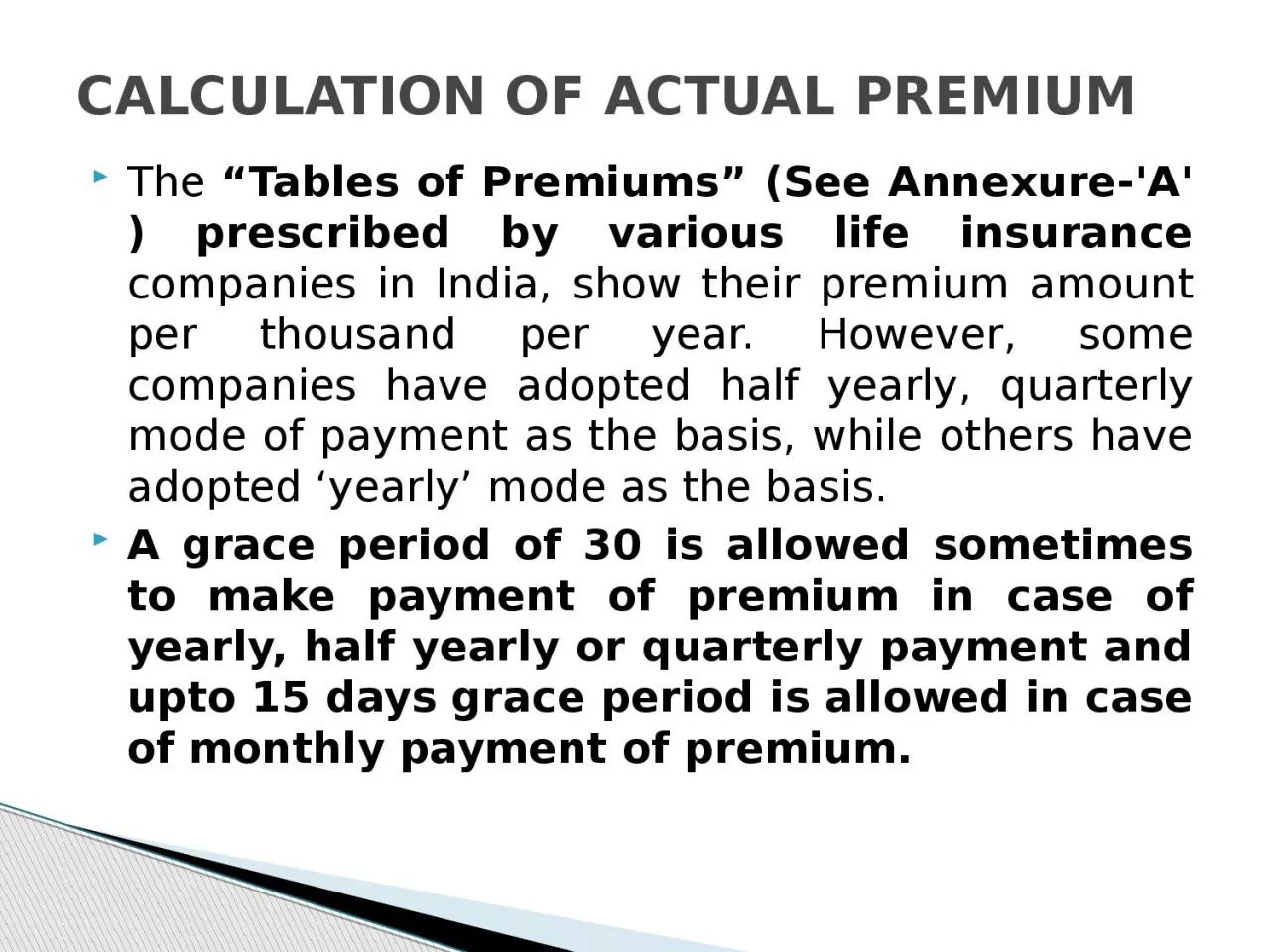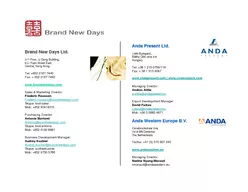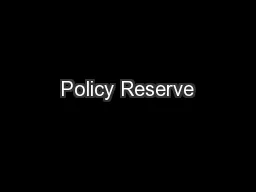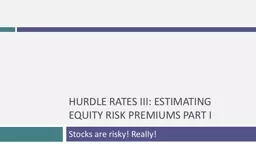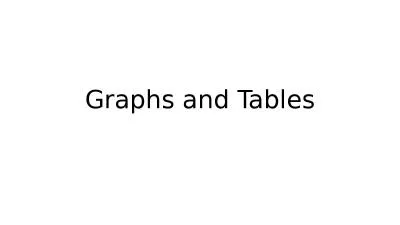PPT-The “Tables of Premiums” (See Annexure-'A' ) prescribed by various life
Author : della | Published Date : 2023-06-25
insurance companies in India show their premium amount per thousand per year However some companies have adopted half yearly quarterly mode of payment as the
Presentation Embed Code
Download Presentation
Download Presentation The PPT/PDF document "The “Tables of Premiums” (See Annex..." is the property of its rightful owner. Permission is granted to download and print the materials on this website for personal, non-commercial use only, and to display it on your personal computer provided you do not modify the materials and that you retain all copyright notices contained in the materials. By downloading content from our website, you accept the terms of this agreement.
The “Tables of Premiums” (See Annexure-'A' ) prescribed by various life: Transcript
Download Rules Of Document
"The “Tables of Premiums” (See Annexure-'A' ) prescribed by various life"The content belongs to its owner. You may download and print it for personal use, without modification, and keep all copyright notices. By downloading, you agree to these terms.
Related Documents

